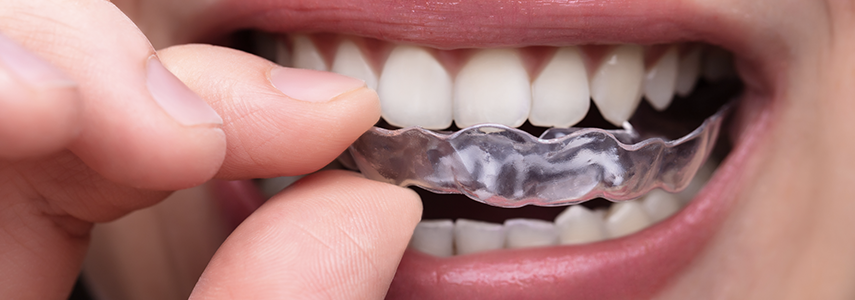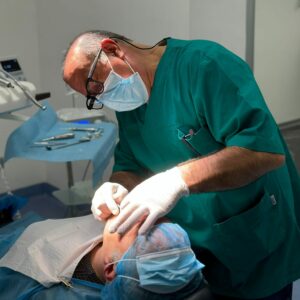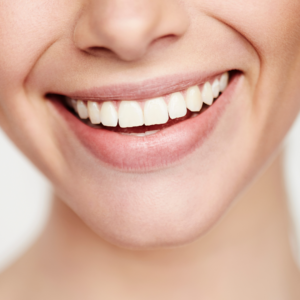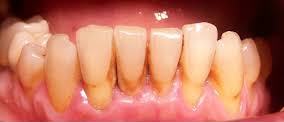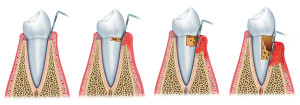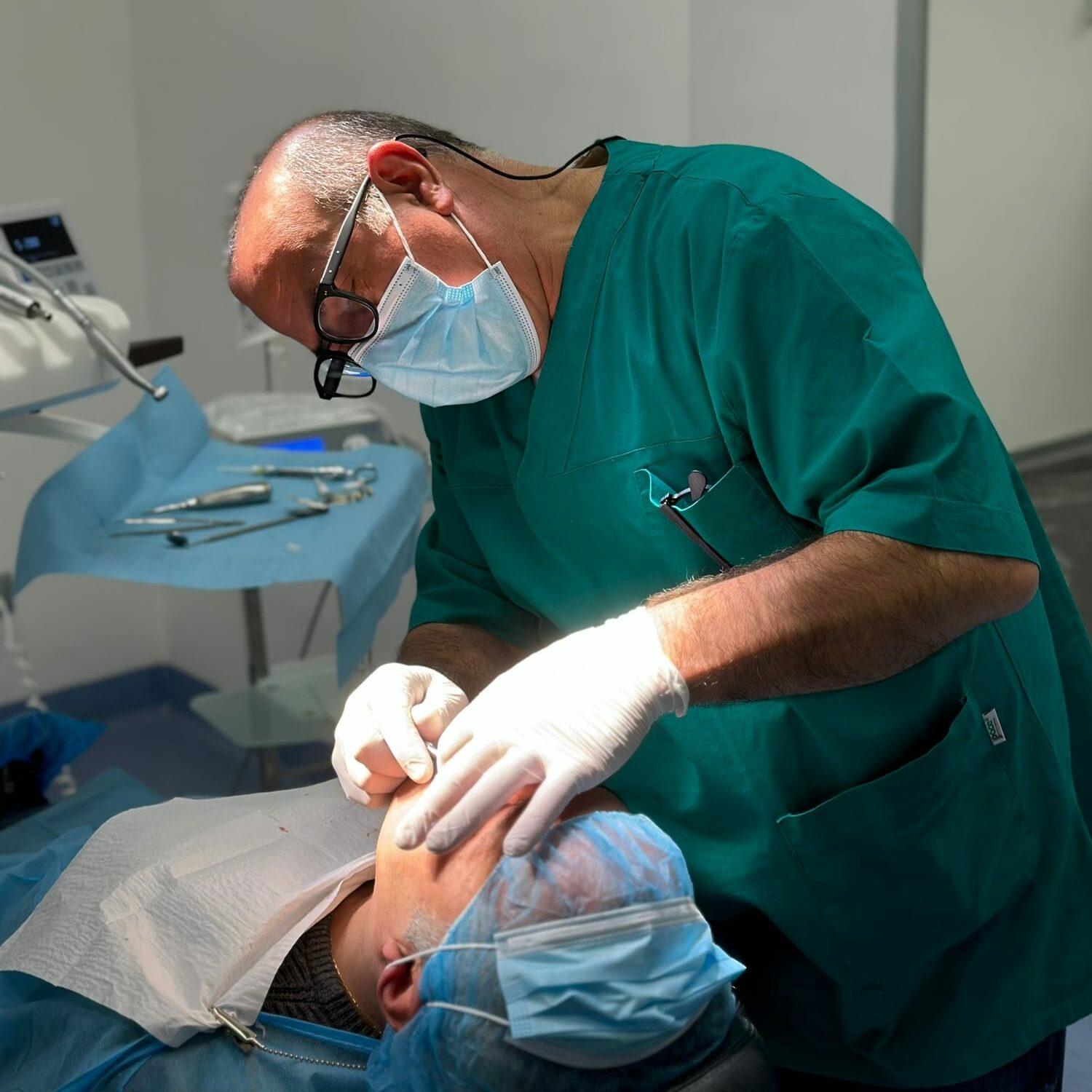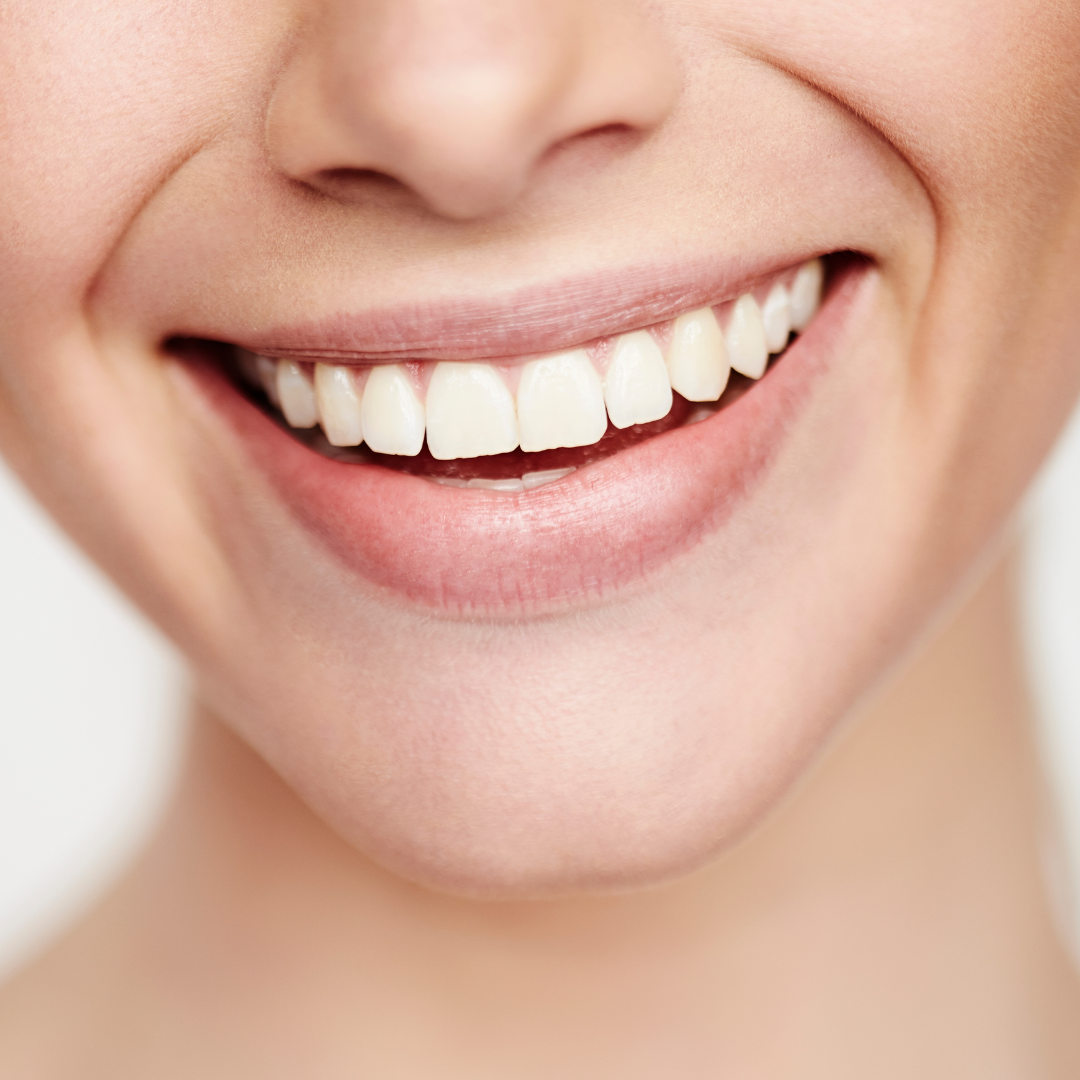The dental bite is a dental device that is prescribed for the treatment of malocclusion, i.e. when the upper and lower jaw are not correctly aligned with each other.
How is a dental bite made?
It is a device in transparent acrylic resin that can be prescribed and made to measure by the dentist or standard and can be purchased independently.
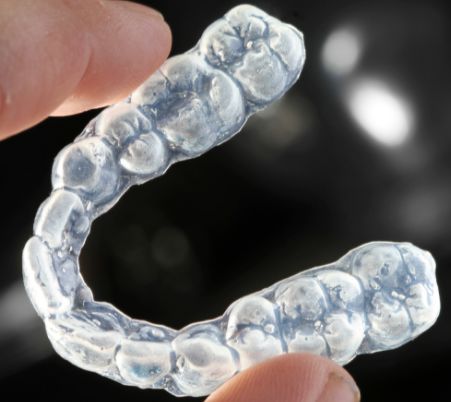
As for dental implants, there are also different types for bites; in fact, it is likely that you have seen dental bites even on the shelves in a pharmacy, but – as with any dental therapy – “do it yourself” is definitely not recommended.
Buying a bite without a dental check-up could worsen the situation with more damage to the mouth and teeth.
The dental splint is a dental device and must always be used on the advice of the dentist.
How and when to use the dental splint
The therapeutic purpose of the bite is to correct the bite, the word bite means precisely bite. By inserting the device between the two arches, the mandible and maxilla find their correct position thus avoiding the consequences of malocclusion, including nocturnal grinding of the teeth.
Which patients need the bite
Who suffers from bruxism
Patients who involuntarily grind their teeth during the night and therefore suffer from bruxism, need a dental bite to avoid continuous and incorrect tightening of the mandible and jaw. Thanks to the dental device it is possible to avoid the consequences of bruxism, i.e. sleep apnea and abrasion of the enamel.
Who snores
A patient with malocclusion is often a patient who snores at night. The misalignment of the jaw and jaw in fact leads to a reduced flow of air between the nose and larynx and therefore creates the snoring disorder. Thanks to the bite this problem can be solved.
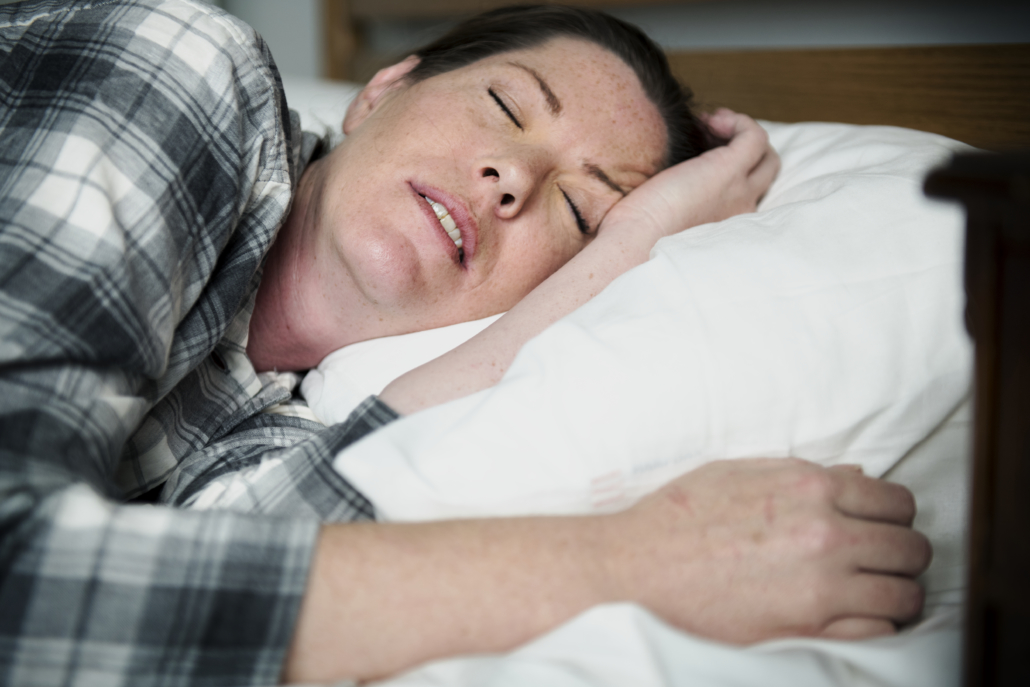
Who suffers from frequent back pain or headache
In the long term, malocclusion involves compromising the entire temporomandibular joint causing continuous headaches and back pain. Patients with malocclusion problems often complain of a sense of continuous tiredness, joint pain, fatigue. By bringing the mandible and maxilla back to a correct alignment with each other, through the dental bite, these problems could be definitively solved.
Personalized dental bite

Dental bites, as mentioned at the beginning, can be universal, they are soft models that adapt to the patient’s anatomy. This type of device can help protect tooth enamel from wear but is unlikely to correct the patient’s specific problem.
In fact, for an effective therapy it is important that the dental bite is created specifically for the clinical profile of the patient, in this case they are rigid models made on the recommendation of the dentist, able to intervene on the specific type of malocclusion and to cure all problems. derived.




